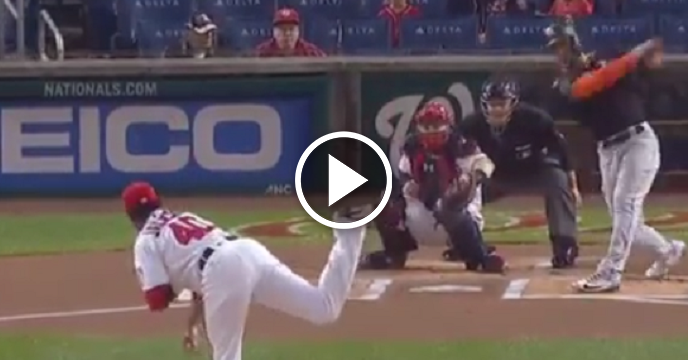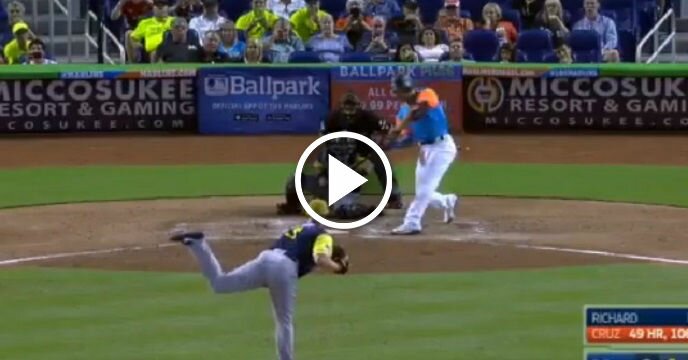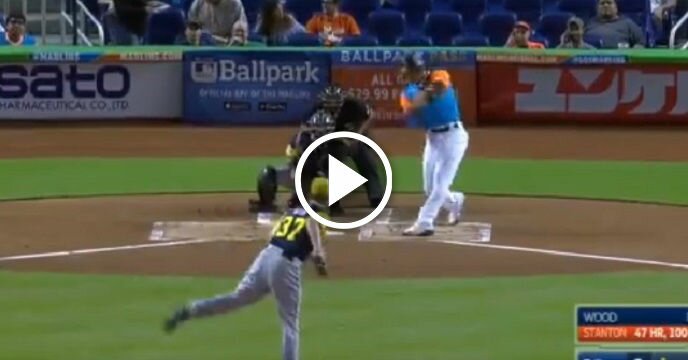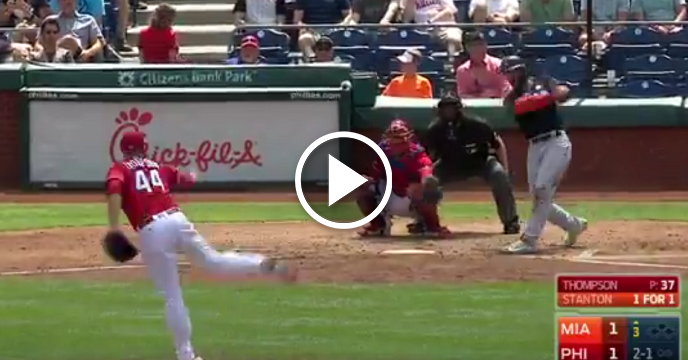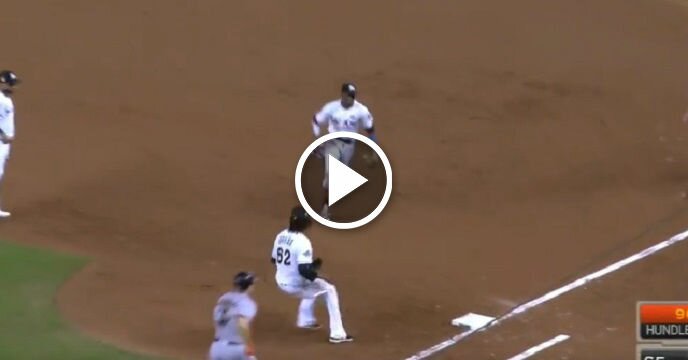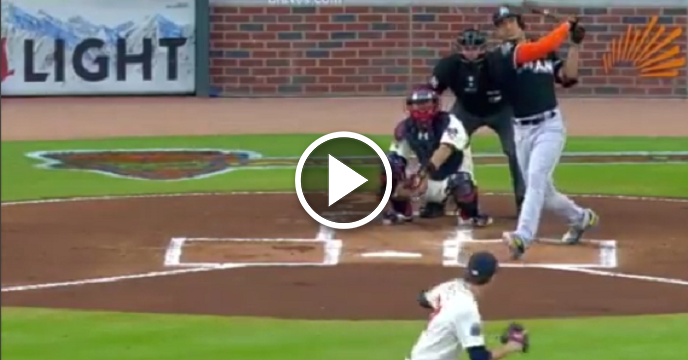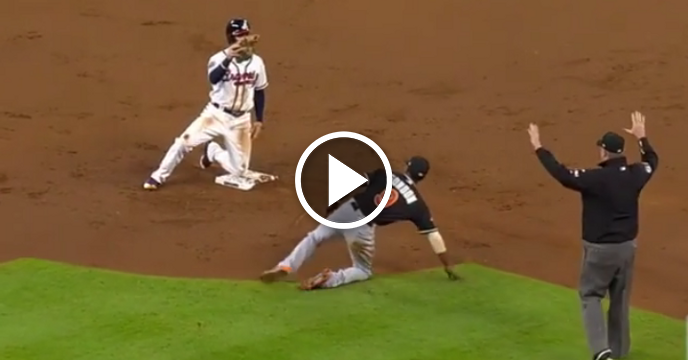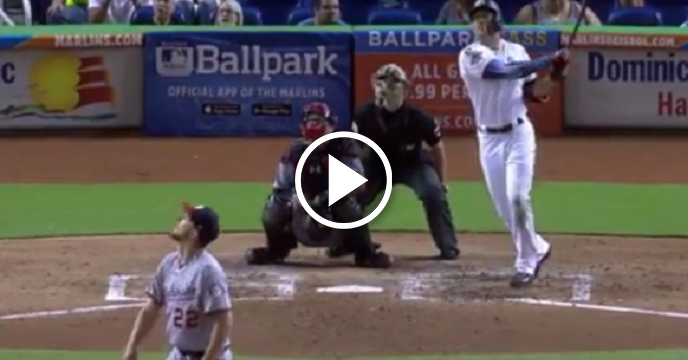
Watch out, MLB.
The Miami Marlins aren’t going to take your jabs about their franchise any longer, and have taken the step back to relevance by signing reliever Chad Qualls.
And a step it would be, too – in 2008, anyway.
That, of course, was the one year in Qualls’ career where he legitimately could be called an elite reliever, as the righty put up a 2.81/1.07 ERA/WHIP split in a 2.1 fWAR season that saw him hold his opponents to a .219 batting average.
Chad Qualls was dominant then.
The years since, however, have not been kind to the now 34-year old. Although he’s always had good control (2.48 BB/9 in career), the last few years have seen his strikeout ability all but disappear after years of steady increase. At his peak, Qualls was striking out batters at a 8.67 per-nine clip, with a healthy swinging strike rate above 10%.
In 2012, that K/9 number regressed all the way to 4.64, with a 7.5% SwStr rate that also represented a career low for Qualls. Worst yet, he has been eminently hittable, with opposing batters owning a .290 batting average against him. Pile on a 1.20 HR/9 and well…you get the picture, I’m sure.
So what happened? His velocity shows no regression over the years, nor has his pitching profile change significantly since then.
That, perhaps, is why the Miami Marlins are hoping that he can be an effective reliever once again. The team signed the former closer to a make-good minor league deal with a Spring Training invite, presumably with the hopes that Qualls can pitch well enough to build some trade value for the Marlins, who otherwise have little use for a 34-year old reliever with a downward-trending career.
And it might turn out to be a smart move, too. The Philadelphia Phillies thought as much about Qualls in 2012, and though that experiment didn’t exactly work out – Qualls was traded (twice) – there are things about his profile that suggest the Marlins could get positive value out of this deal. For one, Qualls has always been good at generating ground balls, and that hasn’t changed over the years. Playing in front of a defensive whiz at short like Adeiny Hechavarria shouldn’t hurt him in 2013.
As I’ve mentioned, his ability to hit the strike zone hasn’t diminished, even if opponents are hitting him harder than they used do. Sure, his declining strikeout rate is definitely more of a trend than an aberration, and age isn’t on his side, but if Qualls can keep the ball down and push his K/9 closer towards the 7.0 mark, he could be effective enough in the Marlins that they’d be able to package him to a team looking to fill hole in the mid-season.
It’s a lot to hope for, but Qualls is just a year removed from a 3.51/1.25 ERA/WHIP season. At essentially zero risk to the Marlins, even a slight resurgence would be a boon for both parties.
 Share
Share 


